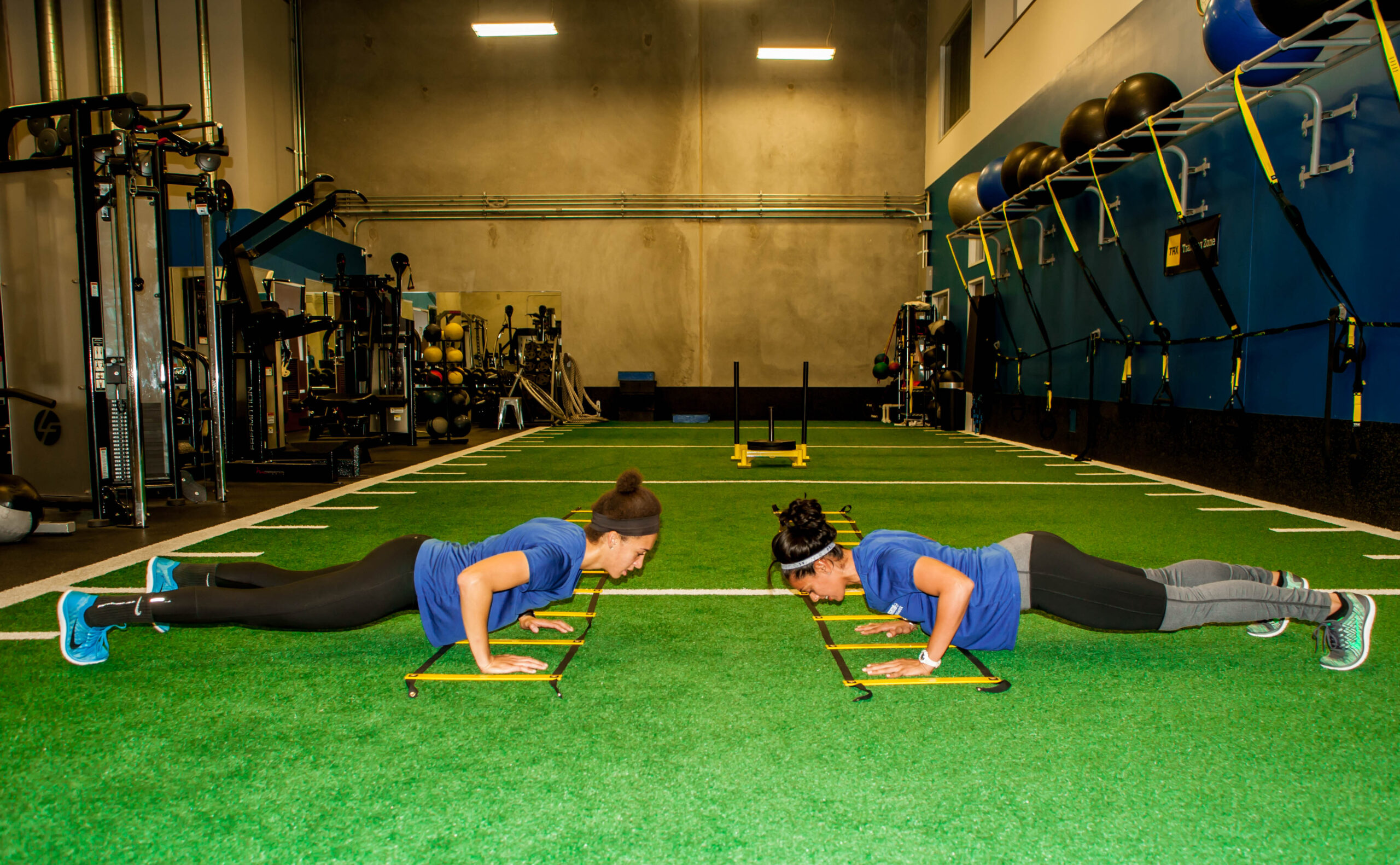Stand with your feet together. Keep your knees locked. Slowly bend forward and touch your toes. Can you reach them?
If not, that means your hamstrings are too tight and you should stretch them right? Wait. Not so fast!!! Just because your hamstrings may feel tight, doesn’t mean that they need stretching or that they are the reason that you can’t touch your toes. There may be many different reasons you can’t touch your toes. Let’s take a look!
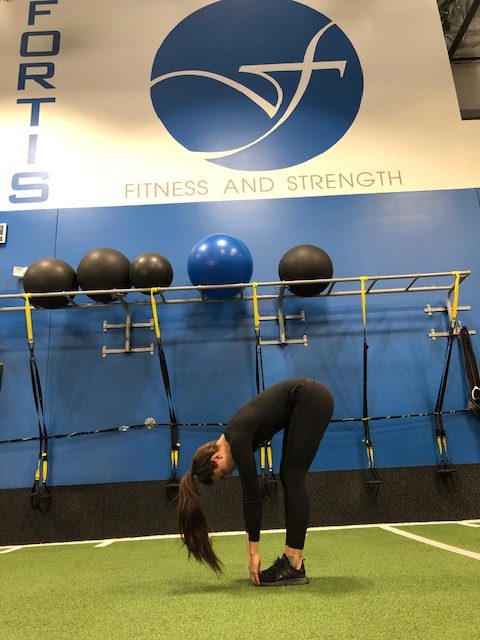
The STANDING TOE TOUCH (“multi-segmental flexion”) is one of the 7 fundamental movement patterns that we test during our physical therapy evaluations at Athletes’ Therapist.
How to perform the test:
- Stand with your feet together
- Keep your knees locked
- Slowly Bend forward and touch your toes
Can you touch your toes? Can you touch them without pain or compensation?
Either you CAN touch your toes: This is what we want!
Or You CAN’T touch your toes: We need to determine if it’s a mobility problem with your hips, the back of your legs, and/or spine or if it’s a stability problem.
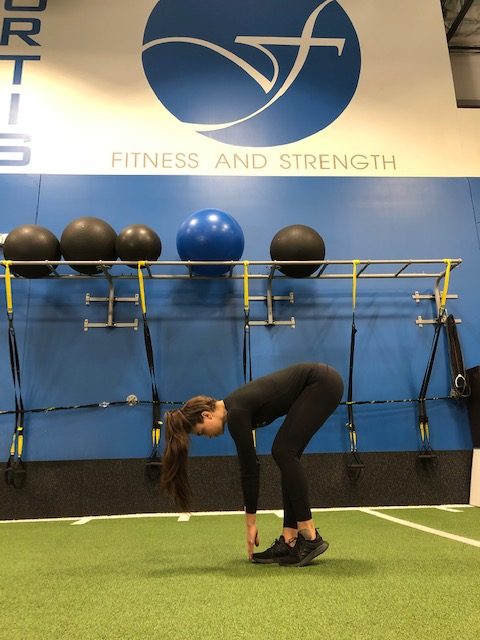
Let’s breakdown the movement pattern to solve the problem:
Standing assessment
- Stand with your feet together
- Shift your weight to the left leg, keeping it straight. Unlock your knee on the right side and go on the ball of your foot. All the weight should be on your left leg.
- Stack you hands on top of one another
- Slowly bend forward aiming towards your left toes. Note how far you go.
- Now switch positions. Shift your weight to the right
- The right leg goes straight with the knee locked
- Bend the left knee and go on the ball of the left foot. Slowly bend forward and aim towards the right foot.
How did it feel. Did one side go further? If the range of motion is less on one side this may indicate that one leg or hip is the problem. If the range of motion was the same on both side and you were still unable to touch your toes, this may indicate both hips, both legs, and/or spine involvement.

Seated Assessment
Now we go to the ground to see if your range of motion changes in a seated position.
- Sit down on the ground with both legs straight in front with knees and feet together
- Slowly bend forward and touch your toes
Do you get further?
If you stay the same as standing, then you likely have a mobility issue with your back, hips, and/or legs (we’ll figure out which one later). If you improve, you likely have a stability issue when standing and will benefit from corrective exercises with the Athletes’ Therapist and core stabilization exercises with Fortis Fitness Trainers.
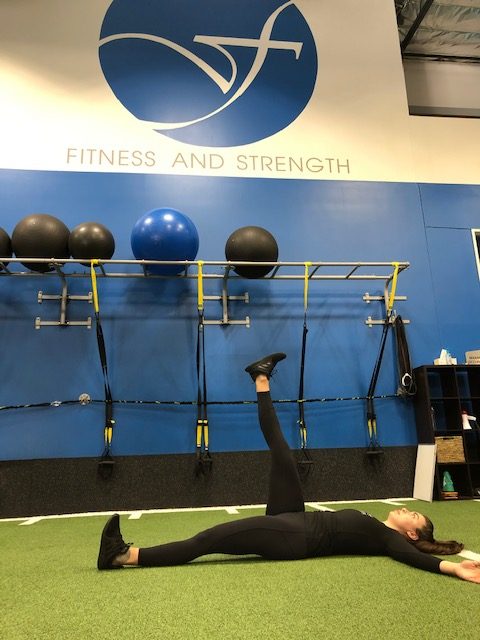
Supine Assessment
If you didn’t improve in the seated position, let’s see if the issue is coming from your legs, hips, or spine:
Is it a hamstrings (back of leg) mobility problem?
- Lie on your back without both knees and feet together
- Raise your left leg up as high as you can, keeping your knee straight
- Try to get your leg up to almost perpendicular with your torso. If not, have someone raise your leg for you. Do they get your leg there now? If it improved when someone else lifts your leg, you have a stability problem. If not, you have a mobility problem across the back of your legs and will benefit from physical therapy with the Athletes’ Therapist as well as yoga classes with Yogalux.
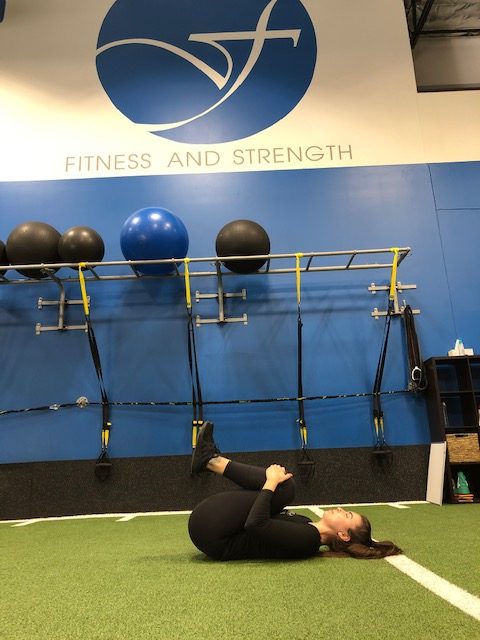
Is it a hip mobility problem?
- Lie on your back, wrap your arms around your knees or the back of your thighs and bring your knees up toward your chest as high as possible.
- Do the front of your thighs rest on your ribcage? If yes, then your hips are moving well. If not, then you likely have a hip mobility problem and will benefit from physical therapy with the Athletes’ Therapist as well as Fortis & YOGALUX Yoga classes.

Quadruped Assessment
Is it a spine problem?
- Starting on all fours in the quadruped position sink your hips back onto your heels (Child’s pose position in yoga).
- Keep your arms alongside your torso and let your chest sink down as low as possible towards the front of your thighs
- Do your ribs touch your thighs? Do you have a good uniform spinal curve or is your low back really flat? If you’re unable to touch your ribs to your thighs and/or if your lower back is flat, you likely have a spinal mobility problem and will benefit from physical therapy with the Athlete’s Therapist along with Yoga classes at Fortis Fitness & YOGALUX.
 Joe Walker
Joe Walker
Owner of Athletes’ Therapist
Joe Walker is the owner of Athletes’ Therapist. He graduated first in his class with a Master’s Degree in Physical Therapy from California State University of Long Beach in 2007. Joe is an American Physical Therapy Association Board Certified Sports Specialist (SCS). He is a dedicated, highly motivated physical therapist offering 12 years of outpatient/sports clinical expertise. He specializes in bridging the gap between rehabilitation and performance utilizing a holistic approach to injury. While Joe has earned an elite reputation rehabbing the world’s best professional athletes and Olympians, he provides the same services to high school, collegiate, and amateur athletes as well as everyday people looking to recover from injury or surgery in the most effective manner. His practice focuses primarily on functional movement screening/assessment, manual therapy, fundamental movement restoration utilizing corrective exercise progressions, and rehabilitation techniques that prevent and/or resolve the core cause of injuries. He has extensive training in manual orthopedic techniques including Mulligan Mobilizations with Movement, Functional Range Conditioning, Osteopathic-Based Muscle Energy Techniques (MET), Maitland Graded Mobilization Techniques, and Functional Release/Instrument Assisted Soft Tissue Mobilization. He produces successful results through his “hands on” approach. When Joe is not busy at work in the clinic, he enjoys teaching return to sports rehab mentorships, spending time with his daughters, surfing, snowboarding, hiking, camping, and listening to music.

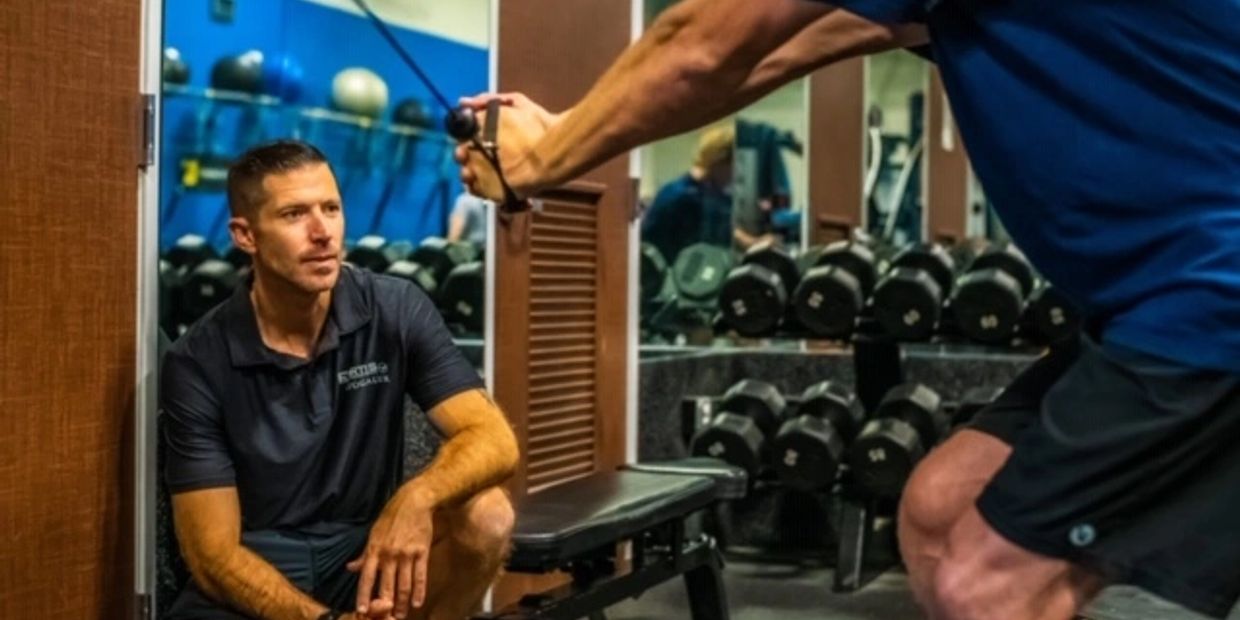 Joe Walker
Joe Walker